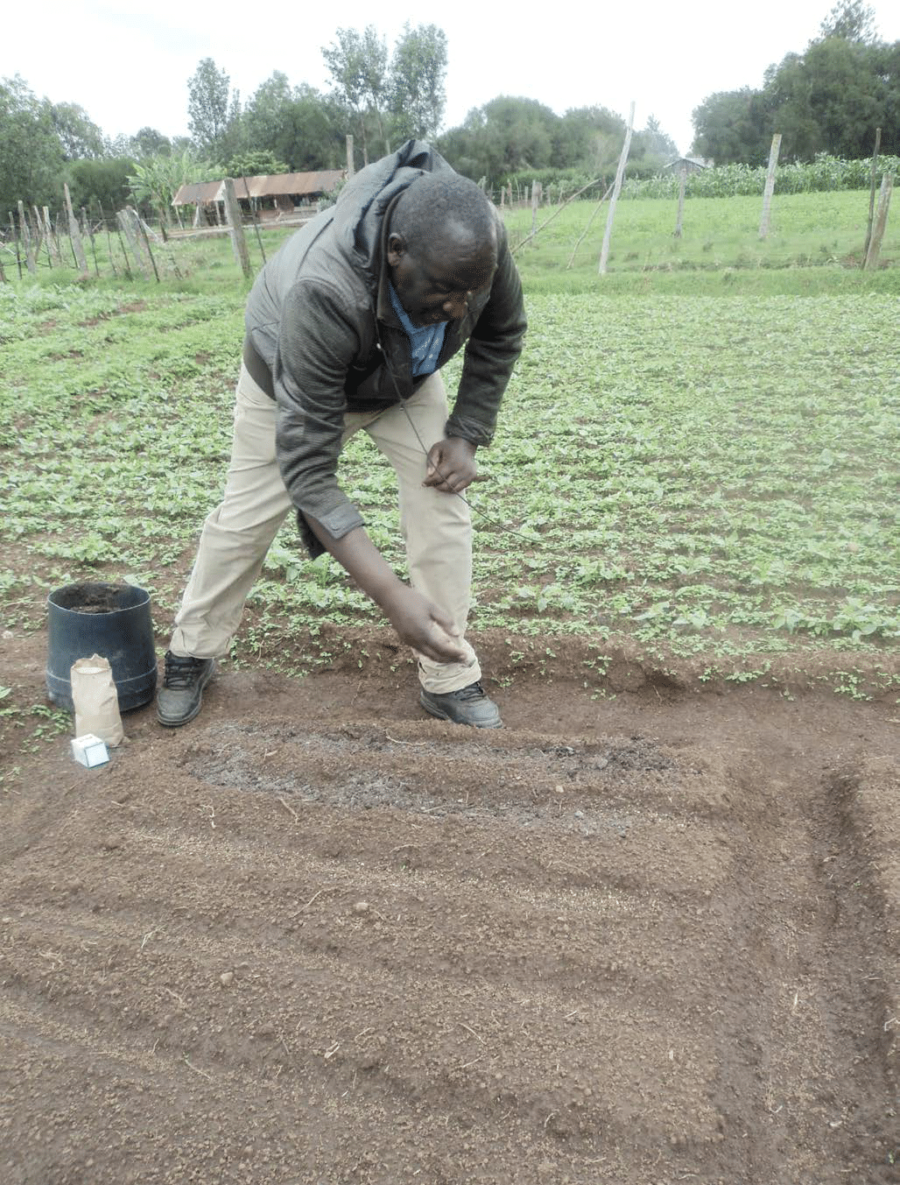How to plant managu
PREPARING MANAGU SEEDS FOR SALE AND STORAGE
Soak the managu seeds in water for two days to soften the outer covering. Crush them using your fingers. The good seeds will settle at the bottom of the water, while the bad ones will float. The good seeds should then be sieved, dried under a shade and packaged for sale or storage.
HOW TO GROW MANAGU IN BEDS
- Plough your land to loosen the soil.
- Create raised beds of 3ft width by 20ft long.
- Make shallow rows across the bed and spread the seeds evenly on each row
- During planting, apply very little DAP fertiliser to boost root growth.
- Cover the seeds with very little manure row by row. (It used should be prepared six months in advance toensure that it is well decomposed). Mr Kipchirchir mixes cow dung, chicken and rabbit waste, sawdust, and hay. He advises farmers to mix whatever waste is available to them but recommends that they add chicken waste, if possible.
After planting
- The second day after planting, he sprays a pre-emergence weed killer to allows the plant to germinate quickly. Pre-emergence herbicides are best used before crop germination.
- Managu will germinate fully in a month. Fast germination is, however, heavily dependent on the climate and soil fertility. If the soils are fertile and weather is good that is raining moderately, the crops establish very fast.
- In the second week, thin the seedlings by removing anything that is excess so as to lead to better production.
- Mr Kipchirchir sells the thinned plants to other farmers as seedlings at one shilling per piece.
- Add compost in the middle of the lines to feed the managu. Ensure that it is 100 per cent composted for the best results.
- After thinning, the growth rate will increase and in another two weeks, the crop will start flowering.
- Prune the plant to encourage the formation of more side shoots, which give higher yields.
- Harvesting is done three days a week, depending on the availability of water and the regeneration of the plant.
- To improve vegetative growth, Mr Kipchirchir top-dresses his managu with a foliar feed and alternates this with manure application.
- Harvesting lasts between four and seven months depending on the quality of seed, care given and the climatic conditions. After that, the production will start decreasing. At this point, you can allow the plant to fruit and harvest seeds before clearing it for next planting.
TIPS AND ADVICE TO FARMERS ON MANAGU
- Managu farming is profitable but it is advisable to start small and expand as you build mastery in the practice.
- It is important to have a qualified and experienced agronomist to advise you.
- Practice crop rotation to improve and maintain good crop production. You can rotate with beans, maize, kunde.
- Choose one person to harvest the crop as this will ensure the quality of the crop is maintained.
Benefits of managu (African nightshade)
- It is said to be high in nutrition and is considered a super vegetable
- They are an excellent source of proteins, iron, vitamin A, iodine, and zinc m aking them especially important for poor people living with HIV/Aids
- celebrated for their hardiness and ability to grow in a wide range of soils
- Traditionally used worldwide as medicinal plants, especially for stomach ailments.
- Leaf extracts from African nightshade are used to treat diarrhea, eye infections, and jaundice.
- The raw fruit is sometimes chewed to treat stomach ulcers or stomach aches
- Used as fodder for cattle and goats.
- The leaves and the fruit can sometimes be used to make dye
Facebook Comments Box



